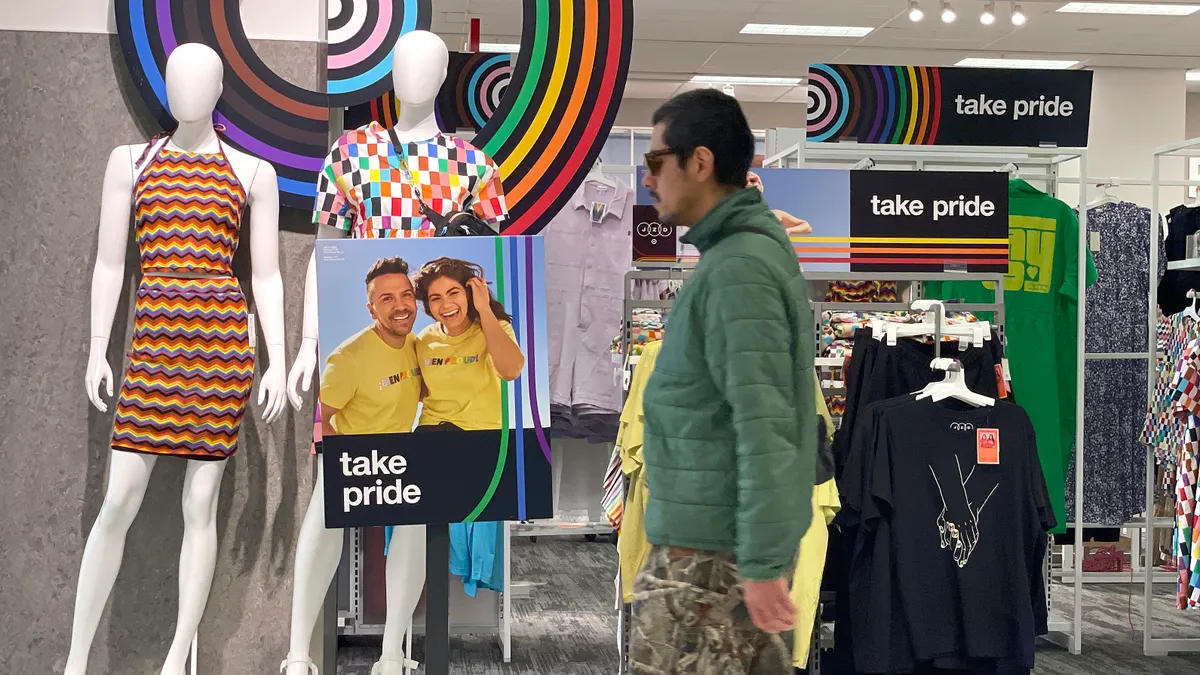Dive Brief:
- Shopper frustration grew on Cyber Monday this year compared to last year, according to data from FullStory, a company that sells digital analytics tools for websites and apps.
- FullStory determined shopper frustration by measuring “rage clicks” — when users repeatedly click or tap on an element on a website or app — across 100 large retailers. The analytics company found that consumers had an average of 1.2 rage clicks per shopping visit in 2023, compared to 0.99 the year prior.
- “Shoppers who encounter difficulty or stress on sites and apps pose a revenue risk for brands,” Lindsay Bayuk, CMO of FullStory, told CX Dive in an email. “Research shows that nearly two-thirds of consumers are likely to leave without completing their transaction if they encounter a problem or frustration online.”
Dive Insight:
Cyber Monday saw a record $12.4 billion in spending this year, an increase of almost 10% from last year, according to Adobe Analytics data.
But as online spending grew, so, too, did shoppers' frustration.
On top of the 25% increase of rage clicks on Cyber Monday, rage clicks grew by about 16% in the five-day period starting on Thanksgiving and ending on Cyber Monday.
“A rage click signals that your site or app didn’t react the way your customer wanted or thought it should,” Bayuk said. “These tend to increase during the holidays when retailers see record traffic, new shopper segments and new shopping behaviors.”
The data analytics company attributed rage clicks to slow load times, broken buttons, as well as text and images that users believe to be linked but aren’t. Overlays — content boxes that appear on a webpage and obscure content — were another common trigger.
Error messages and dead clicks — two other measures of shopper frustration — were also up about 2% each on Cyber Monday.
Dead clicks are defined as when a user clicks or taps on an online element and nothing happens. For the five-day period, error messages increased nearly 4% and dead clicks nearly 3%.
“Shoppers are less likely to return to a business after having a negative digital experience, impacting long-term loyalty and reducing the word-of-mouth referrals customers trust most,” Bayuk said.
More than half of U.S. consumers are unlikely to return to a business after a bad digital experience, according to a FullStory survey of over 7,000 consumers earlier this year.
Bayuk encourages retailers to identify pain points in a shopper’s online experience and work across departments to fix them.












